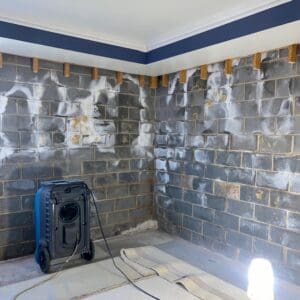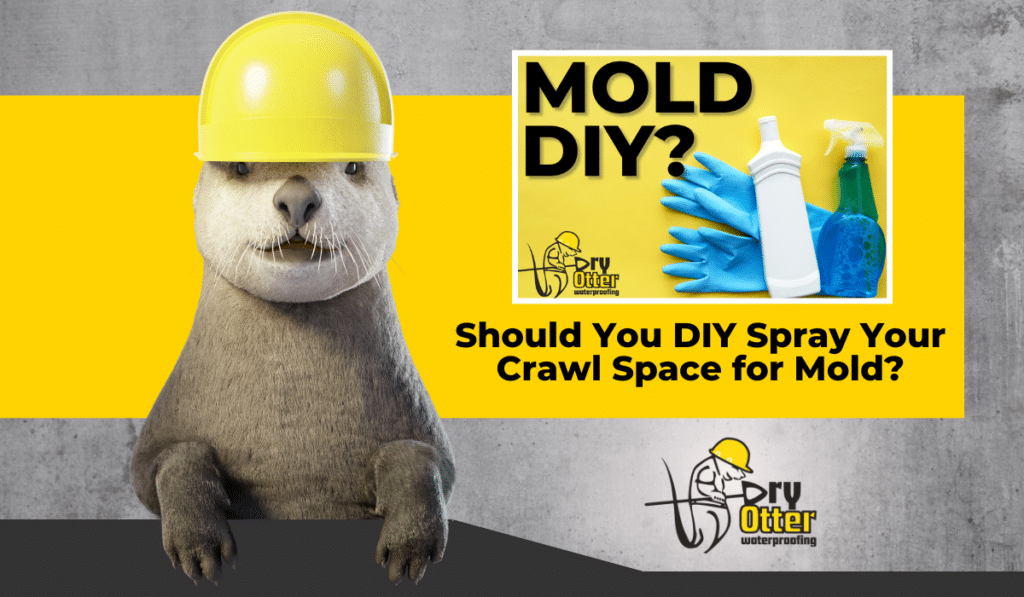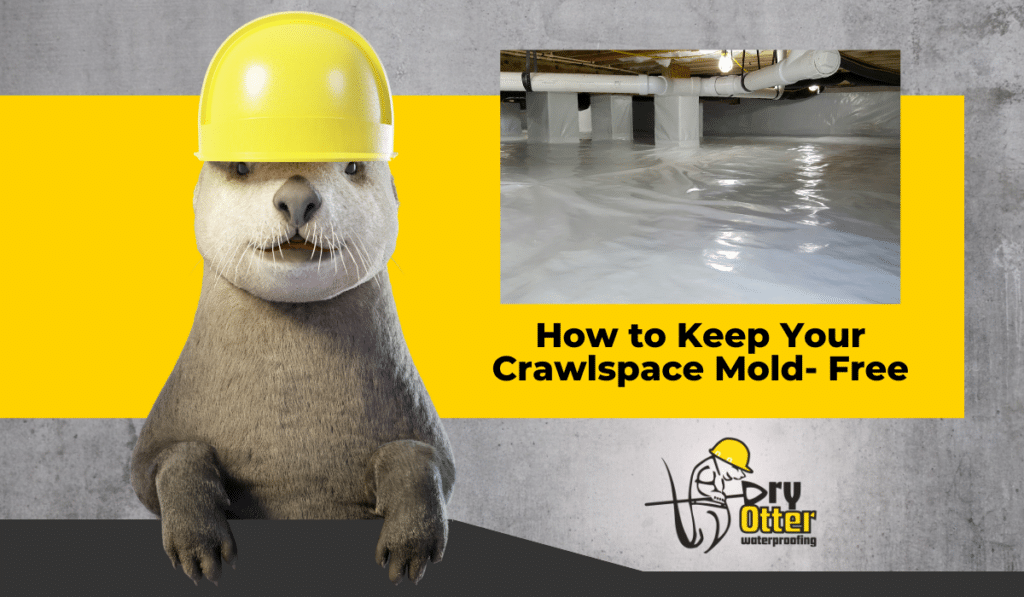If you notice a white, chalky film on the surface of a concrete wall or floor, you are looking at a phenomenon called efflorescence.
Efflorescence is a common issue in concrete structures. However, its significance extends beyond an unsightly appearance. Understanding what causes efflorescence is crucial for effective prevention.
By understanding the science behind what causes efflorescence, we can unlock the strategies for how to prevent it and its damaging effects.

What Causes Efflorescence?
Efflorescence in concrete and masonry refers to the migration and crystallization of water-soluble salts that rise to the surface. These salts naturally occur within the concrete or masonry or can be introduced from external sources.
As water moves through the material, it dissolves these salts, transporting them toward the surface, where evaporation occurs.
After evaporation, the dissolved salts leave behind a visible deposit, like white lines.
The chemical process explained: What causes efflorescence?
Dissolution of salts:
Water plays a critical part in the process. As moisture seeps into the concrete or masonry, it reacts with naturally occurring salts like calcium hydroxide, calcium carbonate, and potassium sulfate. These salts can all dissolve to some extent in water. The more soluble the salt, the easier it will dissolve and contribute to efflorescence.
Water movement:
Masonry and concrete act like capillaries because they are porous materials. These capillaries draw water upwards, bringing water containing the dissolved salts to the surface.
Salt migration:
As the water filled with salts reaches the surface, it reacts to the change in environment due to lower humidity levels at the surface compared to the levels inside the material, which causes the water to begin to evaporate. This evaporation process leaves behind the dissolved salts.
Crystallization on surfaces:
With the water gone, the dissolved salts concentrate and solidify, forming visible crystals on the surface. These deposits are white, chalky deposits called efflorescence.
Factors contributing to efflorescence
Environmental issues:
Moisture: Excessive moisture is the primary trigger. This can come from rain, improper drainage, high humidity, or leaks.
Temperature: Temperature also plays a role. Colder climates have lower surface evaporation rates, allowing more time for efflorescence to form.
Building materials:
Salt content: Concrete and masonry with higher concentrations of soluble salts are more prone to efflorescence.
Porosity: Highly porous materials allow water to penetrate deeper, potentially allowing more salts to enter the material and then dissolve, moving to the surface to create efflorescence.
Construction practices:
Curing: Improper concrete curing allows more moisture to remain trapped in the material, creating an environment more conducive to efflorescence.
Waterproofing: A lack of proper waterproofing on the walls and foundation can allow excess moisture to enter the concrete or masonry, leading to efflorescence.
Salt contamination: External salt sources, such as de-icing salts used on roads or windblown seawater, can contact your structure and contribute.
Identifying Different Types of Efflorescence – Primary vs. Secondary
Primary efflorescence is from salts already present in the material itself. These salts are byproducts of the hydration process during curing and naturally occurring minerals within the masonry product.
Causes:
- Use of high-alkali cement
- Incomplete curing
Visual differences: Primary efflorescence appears soon after the concrete or masonry is placed, usually within a few days or weeks. It can also look uniformly distributed.
Secondary efflorescence occurs when water carries external salts into the concrete or masonry and then transports them to the surface, forming deposits.
Causes:
- Penetrating moisture from rainwater, leaks, or high humidity
- Salts in the environment like seawater or de-icing materials Visual differences: This type appears later in the life of the material, months or years after construction, and looks more patchy or streaky.
Common signs: White chalky deposits, crystal formation, patchy or streaky appearance, or uniform distribution of the salts.
How to Prevent Efflorescence
The best strategy for how to prevent efflorescence is:
- Ensure your contractor uses construction methods that minimize water ingress and salt content in their materials.
- To help prevent efflorescence, use sealers and waterproofing treatments, such as waterproofing membranes, penetrating sealers, and proper water drainage and management.
- Maintenance: some waterproofing treatments must be reapplied periodically to maintain effectiveness.
Remediation Strategies
To remove efflorescence:
- Use a stiff brush to remove deposits from the surface.
- Rinse with clean water.
- For stubborn stains, use a cleaning solution containing a mixture of warm water and a mild acid, such as white vinegar, 1 part vinegar to 10 parts water.
- Apply, scrub, and then rinse.
Addressing efflorescence is vital to protect the structural integrity of your foundation.
Protect your home with our professional advice and a customized efflorescence prevention plan.






